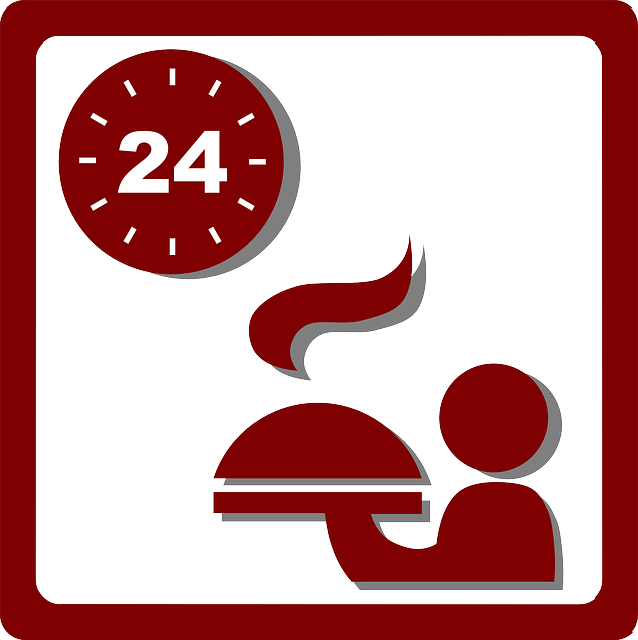The Emerald Ash Borer (EAB) has severely impacted ash tree populations in Denver, Colorado, causing bark damage and eventual tree death. Early detection is crucial, prompting homeowners and authorities to take action through treatments like biological controls, chemical applications, and structural bracing. Structural bracing, when tailored to individual tree needs, reinforces weak branches, improves resistance to EAB and environmental stresses, and promotes the longevity of Denver's ash trees. Effective treatment strategies for EAB in Denver include diverse bracing techniques, expert application, and long-term solutions that enhance tree health and resilience against future pests and weather events.
In Denver’s vibrant urban landscape, the health of our trees is paramount. Among the challenges facing local tree care professionals is the Emerald Ash Borer (EAB), a destructive pest threatening ash tree populations. This article explores an effective treatment for EAB infestations: structural bracing. We’ll delve into how this method supports vulnerable trees, buys time for natural defenses, and enhances long-term survival in Denver neighborhoods. Understanding the right bracing techniques tailored to different tree types is key to preserving our urban forest.
- Understanding Emerald Ash Borer and Its Impact on Denver's Tree Landscape
- The Role of Structural Bracing in Treating EAB Infestations
- Choosing the Right Bracing Techniques for Different Tree Types and Conditions in Denver Neighborhoods
Understanding Emerald Ash Borer and Its Impact on Denver's Tree Landscape

The Emerald Ash Borer (EAB) is an invasive beetle that has caused significant damage to ash tree populations across North America, including the vibrant tree landscape of Denver, Colorado. This tiny but formidable pest targets ash trees and can lead to their decline and eventual death within a few years of infection. The borer larvae feed on the inner layers of the tree, disrupting nutrient flow and causing characteristic D-shaped exit holes in the bark.
In Denver neighborhoods, the presence of EAB has prompted many homeowners and local authorities to seek effective treatment for Emerald Ash Borer. Early detection is crucial; once signs of infestation are noticed, prompt action can help save valuable ash trees. Treatment options include biological controls, chemical treatments, and structural bracing, which supports weakened trees and makes them less susceptible to borer damage. Implementing these strategies helps preserve the city’s natural beauty and ensures the longevity of its beloved ash trees.
The Role of Structural Bracing in Treating EAB Infestations

When it comes to protecting Denver’s beloved ash trees from the destructive Emerald Ash Borer (EAB) infestation, structural bracing plays a pivotal role in treatment and prevention strategies. This method is particularly effective for maintaining the structural integrity of trees that are showing signs of weakness or stress due to EAB damage. By installing bracing systems, arborists can reinforce branches and limbs, preventing further decline and potential breakage.
In the context of treatment for Emerald Ash Borer in Denver neighborhoods, structural bracing offers a proactive approach. It helps stabilize trees during the infestation, allowing them to better withstand environmental stresses and the borer’s presence. This technique is often employed as part of an integrated pest management plan, combining chemical treatments, pruning, and monitoring to ensure the long-term health and survival of ash trees in the city.
Choosing the Right Bracing Techniques for Different Tree Types and Conditions in Denver Neighborhoods

In Denver neighborhoods, selecting the appropriate bracing techniques is paramount to ensuring tree health and safety, especially considering the diverse range of tree species and environmental conditions. Each tree type requires a tailored approach; for instance, oak trees benefit from strong, flexible bracing that can withstand strong winds while still allowing for growth, whereas younger ash trees might need more targeted support post-treatment for Emerald Ash Borer (EAB) infestations.
The treatment for EAB in Denver neighborhoods often involves specialized bracing to stabilize affected trees. This process requires expert knowledge to prevent further damage and ensure the tree’s longevity. By understanding the unique needs of different tree types, professionals can offer effective solutions, from temporary bracing during treatment to long-term support structures that enhance a tree’s resistance against future pests and weather events.
In light of the above, it’s clear that structural bracing plays a pivotal role in the treatment for Emerald Ash Borer (EAB) infestations across Denver neighborhoods. By understanding the specific needs of different tree types and conditions, professionals can employ the right bracing techniques to fortify these iconic urban trees against this destructive pest. Investing in these services not only preserves our city’s beloved tree landscape but also ensures a greener, more vibrant future for Denver’s urban forest.
